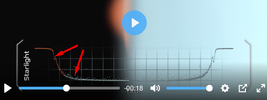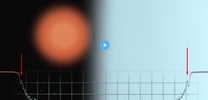Pinball1970
Valued Senior Member
Below is a nice article with the video of the star passing behind the planet.
https://phys.org/news/2025-04-planetary-alignment-nasa-rare-opportunity.html
A large collaboration - the below gives detail on the teams involved and position of the telescopes used,
https://science.larc.nasa.gov/URANUS2025/
https://phys.org/news/2025-04-planetary-alignment-nasa-rare-opportunity.html
A large collaboration - the below gives detail on the teams involved and position of the telescopes used,
https://science.larc.nasa.gov/URANUS2025/


